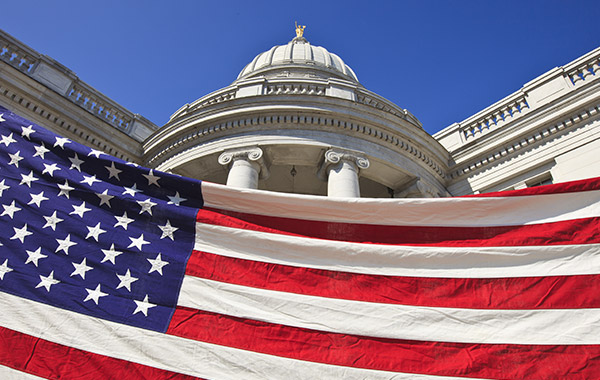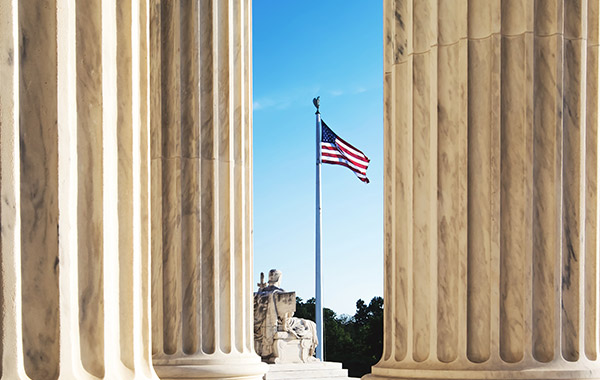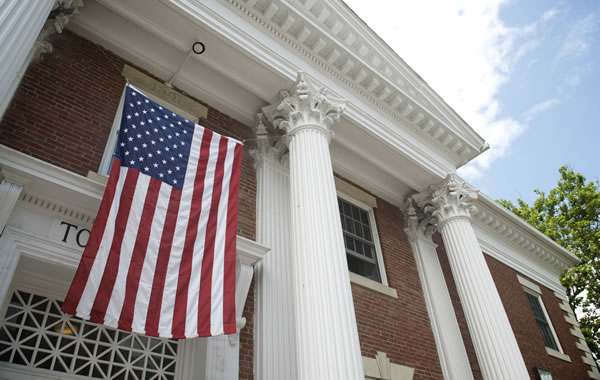Government Contracting Database
Payment Bonds
Extent of Bond Coverage on Public Contracts
The payment bond is a legal agreement, and it is the first place that a contractor should look to see whether or not someone is protected. However, since the requirement for a public bond is statutory, its terms and conditions are also governed by the appropriate statute, as well as the case law which interprets the language of the statute. The recent trend in court decisions has been to extend payment bond coverage to an ever larger group, usually by broadening the definition of the term “subcontractor.”
Federal courts apply a test established by the U.S. Supreme Court in a Federal “Miller Act” case, F. D. Rich Co. v. United States, ex rel. Industrial Lumber Co., 417 U.S. 116 (1974) superseded by statute on other grounds, where the Court adopted a functional definition of a subcontractor rather than a technical one, finding that an off-site manufacturer was a subcontractor even though it did not work on the site. The Court stated that the “test for whether one is a subcontractor” involves “the substantiality and importance of his relationship with the prime contractor.”
While some state courts apply this test, other states have applied a more traditional definition of a subcontractor and have held that because a supplier did not install the materials on the job site, it was not a subcontractor. In addition to the performance of work on – site, other factors considered by courts in deciding this issue have been: the percentage of the total job contracted to the supplier; the amount of custom work involved in the fabrication; and, the fungibility of the materials supplied.
The apparent theory behind these approaches is that while it is reasonable to expect a prime contractor to secure itself from loss from parties that are known to it by requiring those parties to give security by bond, or otherwise, for the payment of those with whom they contract, it is fundamentally unfair to expect a prime contractor to cope with remote and undeterminable liabilities incurred by a supplier, who may be a manufacturer, a wholesaler or a retailer. MacEvoy Co. v. U.S. ex rel. Tomkins Co., 322 U.S. 102 (1944). While in theory this approach appears to be fair and equitable, its “Monday morning quarterback” application can lead to results far different from those which a prime contractor could reasonably be expected to foresee.
In a 1991 decision, the New Jersey Supreme Court addressed this very issue. Unadilla Silo Co., Inc. v. Hess Brothers, et al. , 123 N.J. 268 (1991). In Unadilla, the Court stated that, in determining whether a supplier is a subcontractor within the meaning of the New Jersey Bond Act, the following factors must be considered:
- whether the supplier agreed to perform a definite and substantial part of the same work that the general contractor was obligated to perform;
- whether the work was performed according to plans and specifications in the original contract; and,
- whether the materials required off-site fabrication prior to installation at the job site.
Updated: August 2, 2018
Looking for additional government contracting resources?
Search Our Database





























